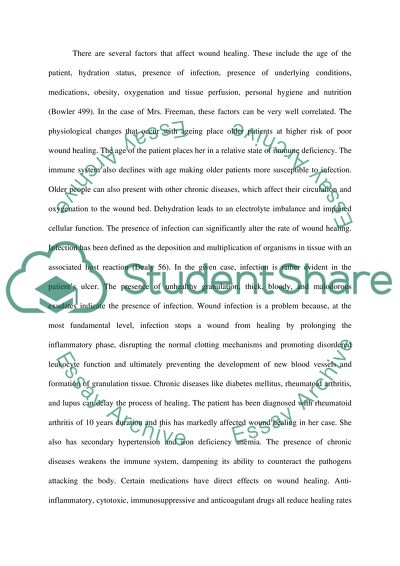Cite this document
(“The theory of wound care fro Podiatry Essay Example | Topics and Well Written Essays - 2000 words”, n.d.)
Retrieved from https://studentshare.org/miscellaneous/1530661-the-theory-of-wound-care-fro-podiatry
Retrieved from https://studentshare.org/miscellaneous/1530661-the-theory-of-wound-care-fro-podiatry
(The Theory of Wound Care Fro Podiatry Essay Example | Topics and Well Written Essays - 2000 Words)
https://studentshare.org/miscellaneous/1530661-the-theory-of-wound-care-fro-podiatry.
https://studentshare.org/miscellaneous/1530661-the-theory-of-wound-care-fro-podiatry.
“The Theory of Wound Care Fro Podiatry Essay Example | Topics and Well Written Essays - 2000 Words”, n.d. https://studentshare.org/miscellaneous/1530661-the-theory-of-wound-care-fro-podiatry.


